PRALIDOXIME: Antidote for Cholinergic Toxicity
Chemicals used in chemical warfare are very toxic agents that can kill as fast as 60 seconds. When a person inhales the gas the bronchioles in the lungs constricts, and the smooth muscles in the diaphragm are paralyzed. As a result, the victim won’t be able to breathe in sufficient oxygen needed by cells to function. This is the usual cause of death in most victims that are not given immediate response. During these emergency cases, atropine is the first line of treatment given to the patient. This is concomitantly administered with Pralidoxime, a drug that is used to relieve fatal signs and symptoms such as bronchospasm, salivation, muscle spasms, and other cholinergic reactions. Pralidoxime is also used in cases of pesticide toxicity.
How does Pralidoxime look like in Chemistry?
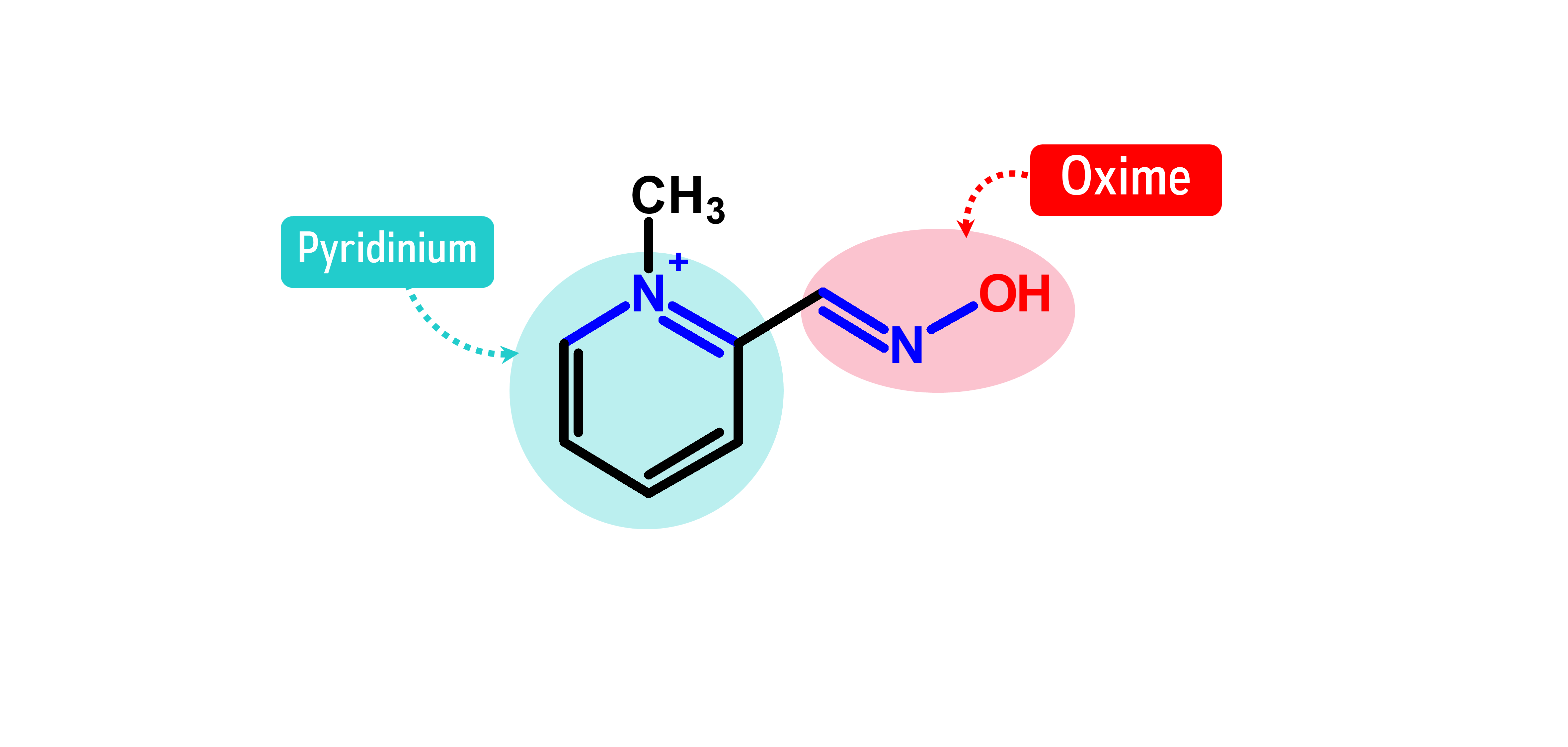
Let’s Get Building!
Using your Student Molecular Set from Duluth Labs let’s create Pralidoxime! You’ll need:
- 7 Carbon atoms
- 1 Oxygen atoms
- 2 Nitrogen atoms
- 9 Hydrogen atoms
- 9 Small connectors (compact small bonds for hydrogen)
- 6 Medium Connectors
- 8 Long Connectors
- Molecular Tool (for Disassembly)
Put aside all the atoms and connectors needed.
We will build Pralidoxime in a clockwise direction, starting with Nitrogen 1!
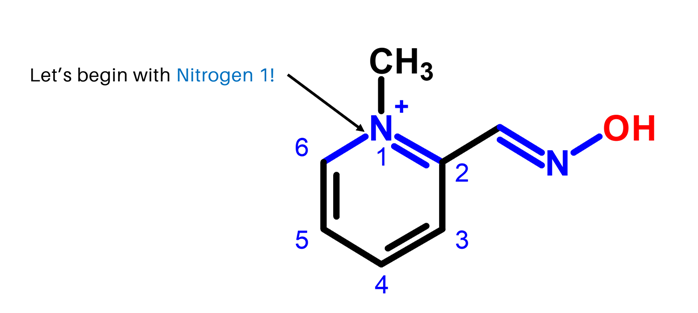
Steps:
-
1
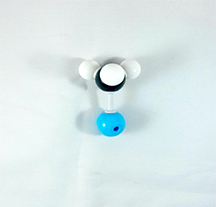
1. Get one nitrogen atom (Nitrogen 1) then attach 1 Carbon atom to it using a medium connector.Add 3 hydrogen atoms to this carbon using 3 small connectors.
-
2
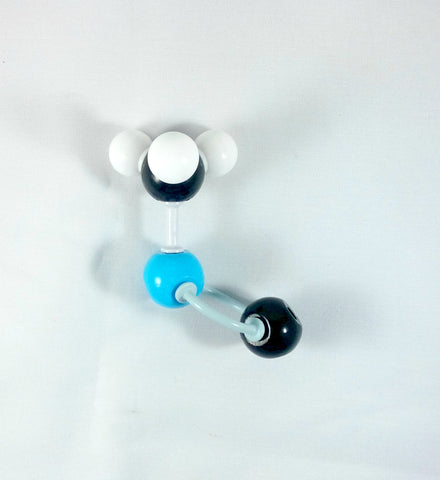
2. Then, get another carbon atom (Carbon 2) and attach this to Nitrogen 1 using 2 long connectors.
-
3
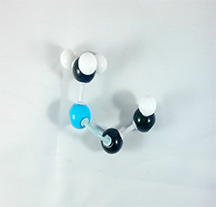
3. Attach 1 carbon atom to Carbon 2 using 1 medium connector. Then place 1 hydrogen atom on this carbon using 1 small connector.
-
4
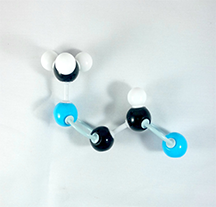
4. Get another nitrogen atom then attach this to the Carbonnext to Carbon 2 using 2long connectors.
-
5
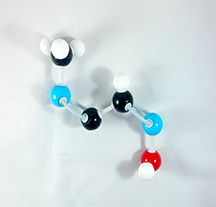
5. Get an oxygen atom then attach this to nitrogen using 1 medium connector. Add 1 hydrogen atom on this oxygen using a small connector. We now have an oxime functional group!
-
6
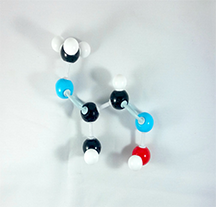
6. Next, get one carbon atom(Carbon 3) then attach this below Carbon 2 using a medium connector. Add 1 hydrogen atom on Carbon 3 using 1 small connector.
-
7

7. Then, get another carbon atom (Carbon 4) then attach this to Carbon 3 using 2 long connectors. Place 1 hydrogen atom on Carbon 4 using a small connector.
-
8

8. Grab one Carbon atom(Carbon 5) and attach this next to Carbon 4 using a medium connector. Likewise, place one hydrogen atom on Carbon 5 using a small connector.
-
9
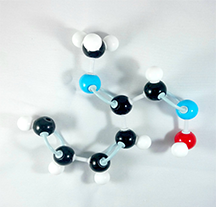
9. Then, get the last carbon atom (Carbon 6) then attach this to Carbon 5 using 2 long connectors. Add one hydrogen atom on Carbon 6 using 1 small connector.
-
10
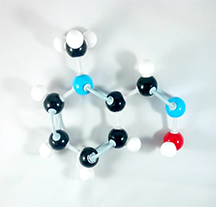
10. Finally, join Carbon 6and Nitrogen 1 together using 1 medium connector.


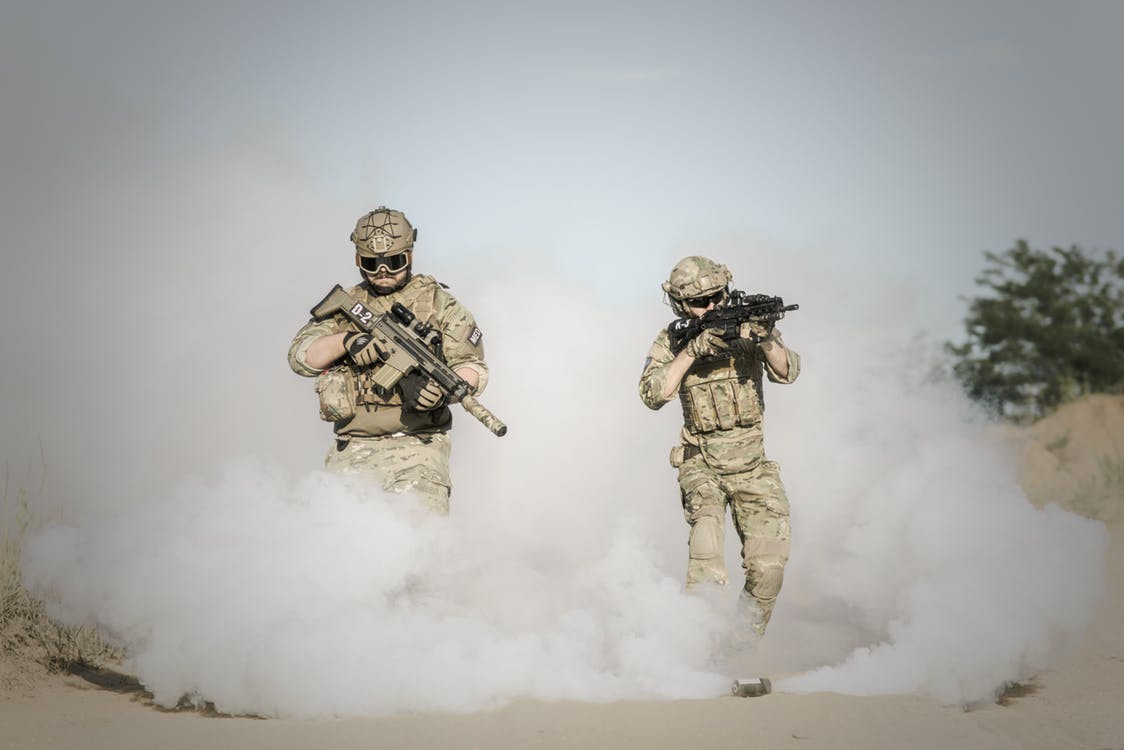











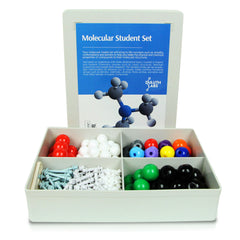
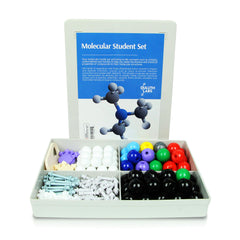
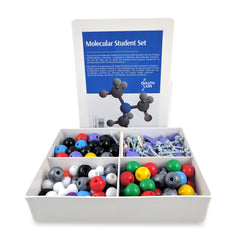
jbPFonqSEQM
GWdPIxTDCKsSHcLY
HNqovzDhTGFAkJcM
StYEoLjbOq
EzQigZNDH